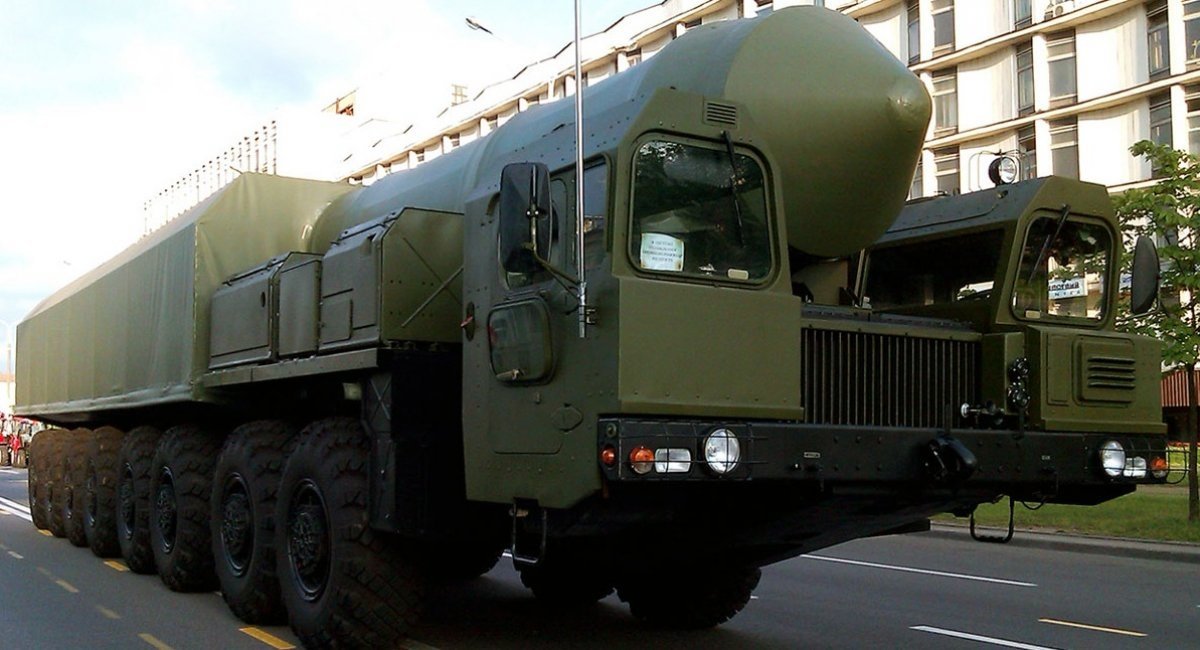Russia’s launch of an intercontinental ballistic missile from the Yars system has failed, as the missile did not take off into the sky on the night of 19 May, according to Defense Express.
A day earlier, Ukraine’s military intelligence warned of Russia’s plan to carry out a demonstrative launch of the RS-24 missile with a range of over 10,000 kilometers to intimidate Ukraine, EU states, and NATO members. In recent months, the West has tried to force Moscow to peace negotiations, but failed.
However, it never took place.
“Russia failed to launch the Yars missile: everything indicates the launch simply didn’t happen,” the report says.
According to Ukraine’s Defense Intelligence (HUR), it was to take place in an unusual area—Sverdlovsk Oblast, near the town of Svobodny, where the 433rd Regiment of the 42nd Division of the 31st Army of Russia’s Strategic Missile Forces is based. Russia usually tests such missiles at the Kapustin Yar training base.
Fifteen minutes to impact
Last year, Russia used a ballistic missile, likely from the Kedr missile complex, to strike Ukraine’s city of Dnipro. The consequences of the impact remain unknown, while local residents describe it as “the worst thing they have experienced during the war.”
The missile’s flight time from launch in Astrakhan Oblast to impact in Dnipro was just 15 minutes. Ukraine’s military intelligence reported that the missile was equipped with six warheads, each containing six submunitions. Its speed during the final phase of flight exceeded Mach 11.
No light, no boom
Defense Express experts say there is no proof that a missile from the Yars system has ever been launched. Given its proximity to the city of Nizhny Tagil (only 25 km away), any takeoff would likely have been captured by locals. Yet no photo or video evidence has surfaced.
There were also no visual recordings from more distant regions. A missile launched toward the Kura test range in Kamchatka would have been visible across a wide area, from Khanty-Mansiysk to Magadan. But again, no sightings were reported.
The reasons for the canceled launch remain unknown. Experts suggest technical problems or the Kremlin’s reluctance to expose weaknesses in its nuclear deterrence capabilities ahead of important talks between Russian ruler Vladimir Putin and US President Donald Trump, which are scheduled for 19 May.
Dmytro Zhmailo, Director of the Ukrainian Center for Security and Cooperation, notes that technical issues have plagued Russia’s use of the Yars system since its first deployment in 2005, UNIAN reports.
“They’ll continue to threaten and keep trying,” he said, “but fortunately, we’ve seen no results so far.”
However, that does not mean the Russians will not try to launch the missile in the future.




